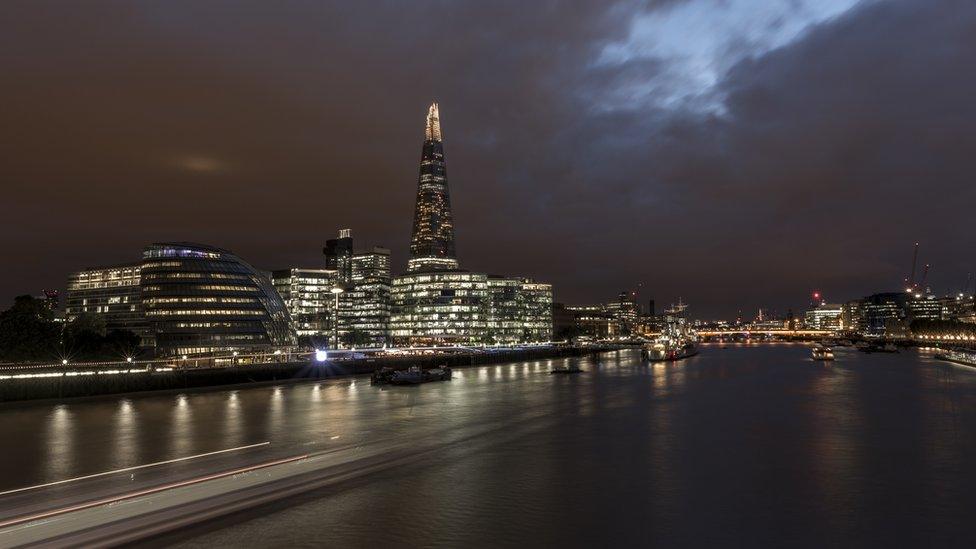Light pollution: Why do moths react to lights?
- Published
- comments
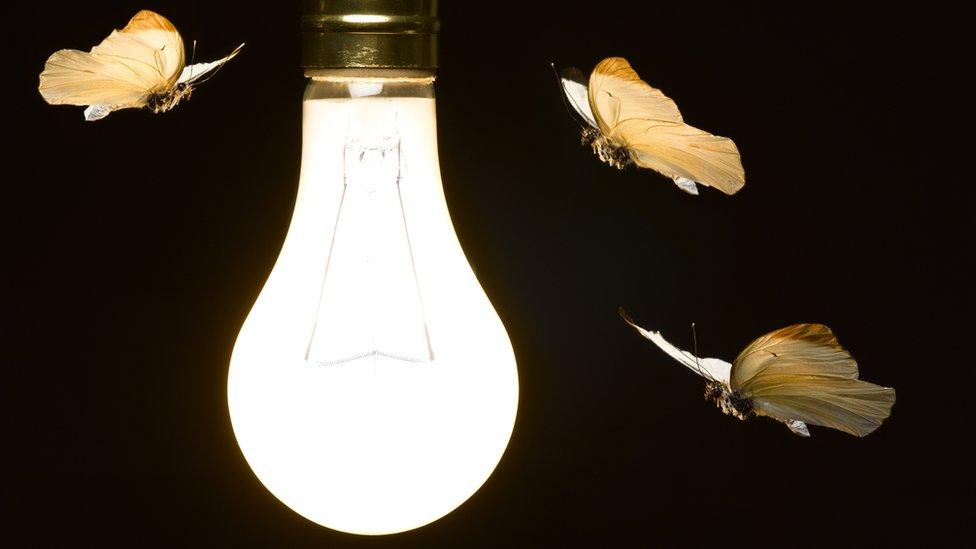
There's evidence that even the Romans used lights to trap moths more than two thousand years ago
You've maybe heard the phrase, "like a moth drawn to a flame" but have you ever wondered why moths and other insects are drawn to light?
Not all moths show this behaviour, but those who do find can find themselves endlessly lightbulb - like the one in your bedroom.
One of the main theories used to explain this behaviour is that moths use the Moon to navigate and mistake lights for moonlight.
But according to new research, it could be due to with a clever biological hack that is meant to stop them from flying upside down.
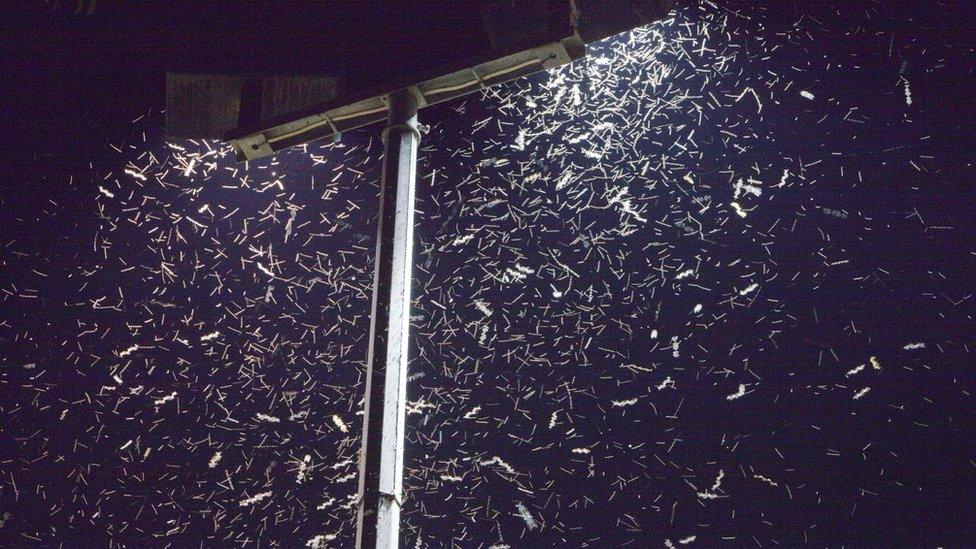
Lots of species of moth are nocturnal which means they fly at night
Research carried out by insect scientists - called entomologists - suggests moths turn their back to the light because they get confused with which way is up.
"For 370 million years insects have been flying around, the sky has almost always been brighter than the ground," said Dr Sam Fabian from Imperial College London who worked on the study.
Insects use this brightness to work out where the sky is and therefore which way is up, and they point their backs in this direction so they fly the right way up.
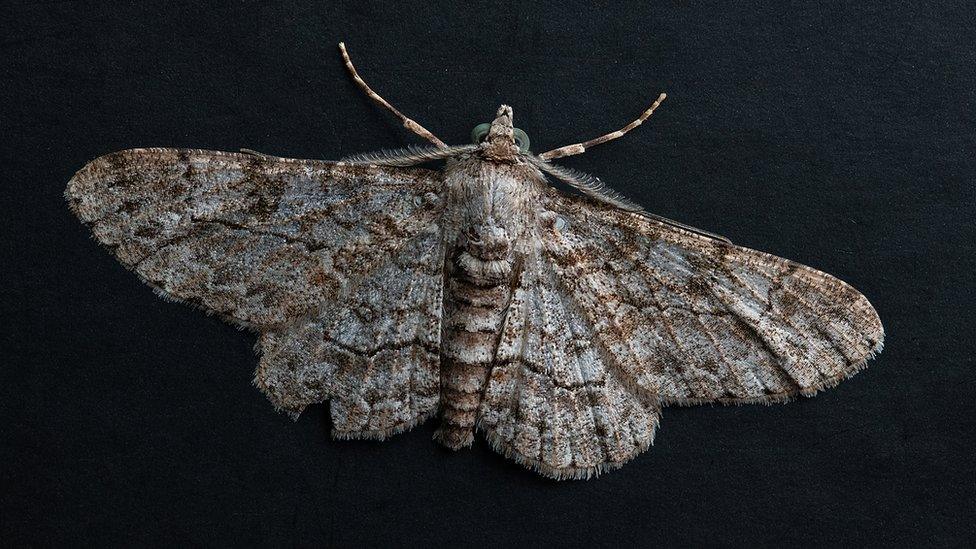
Moths are essential for the pollination of some plants
But the artificial light at night means that insects get confused about where is up and where is down, and the result is that strange flustered flying we see around lights.
"The most obvious example of this is when insects fly directly over lights, they flip themselves upside down and plummet to the ground," Dr Fabian continued.
The problem with light pollution
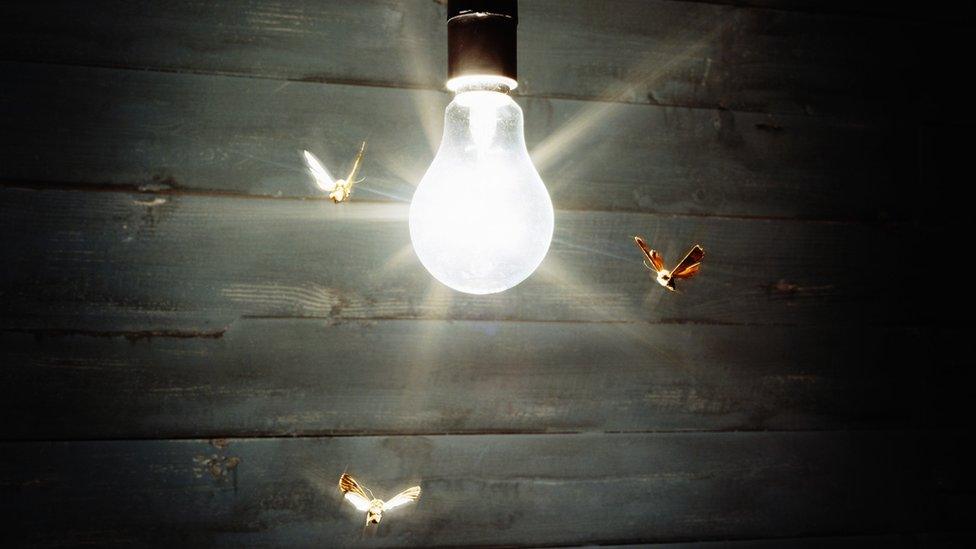
Moths numbers in the UK are steadily declining which researchers believe is caused by warmer and drier weather.
But when moths are stuck flying around artificial lights it also increases their risk of being eaten by predators like bats.
Flying around a light all night is also pretty tiring! It means moths might find it harder to carry out their usual behaviour like feeding, breeding and laying eggs.
- Published20 August 2023
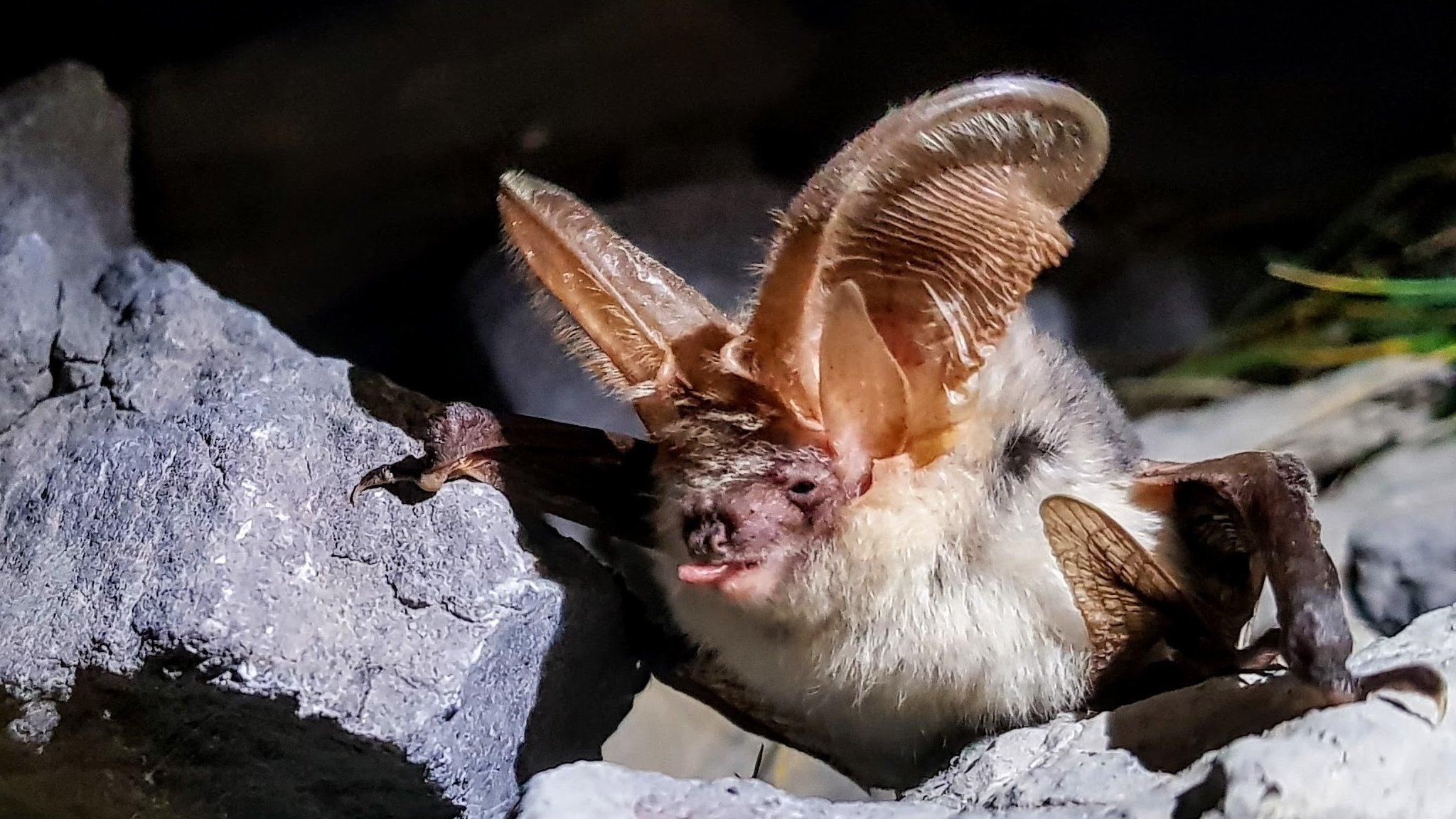
- Published8 January 2024
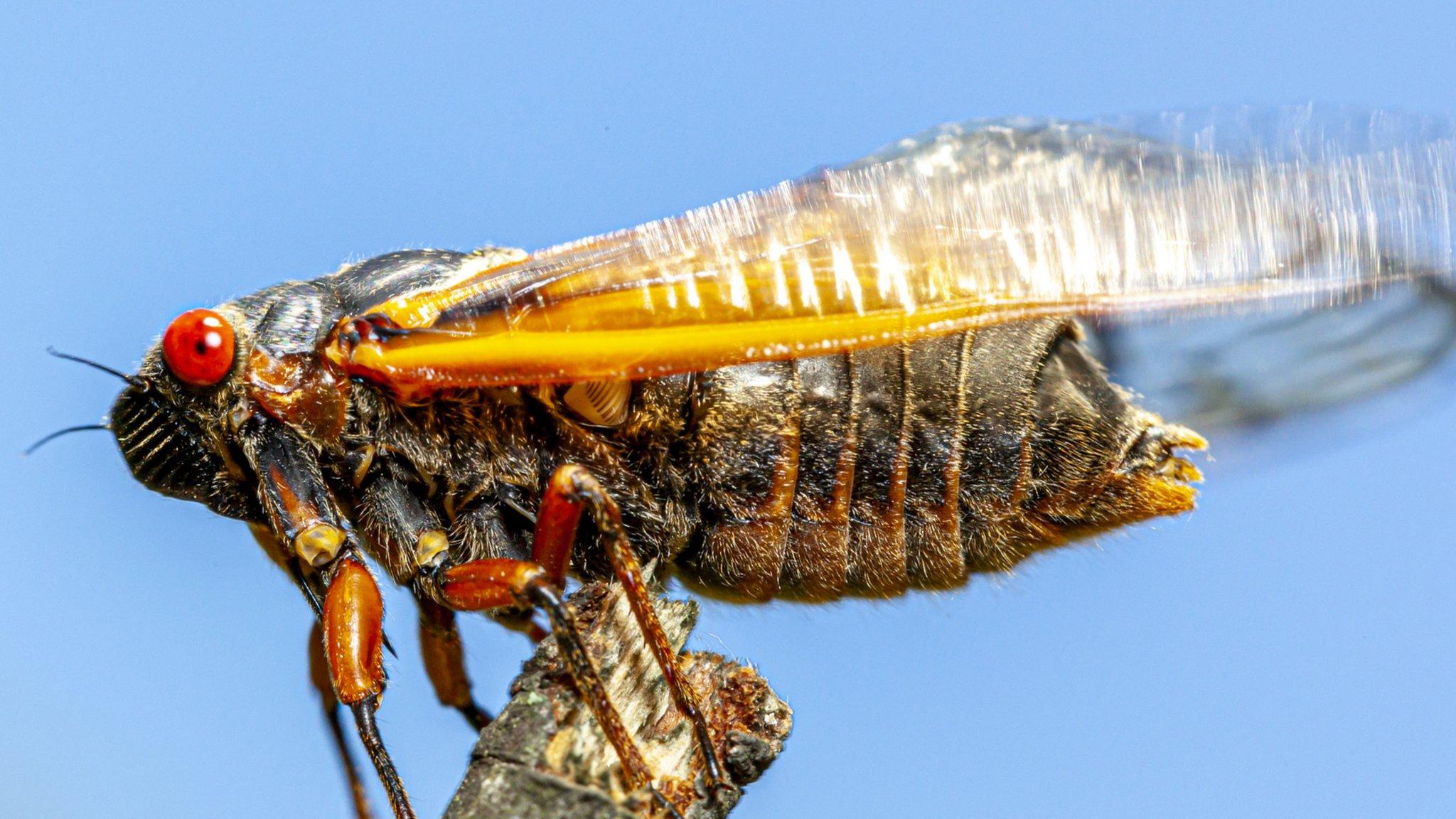
- Published20 January 2023
